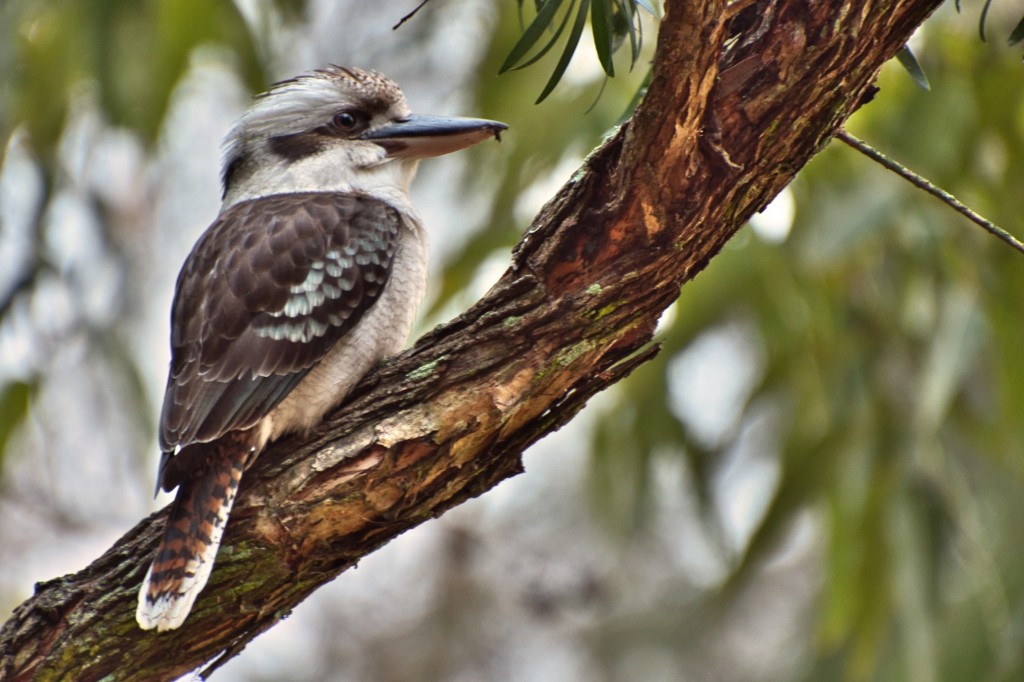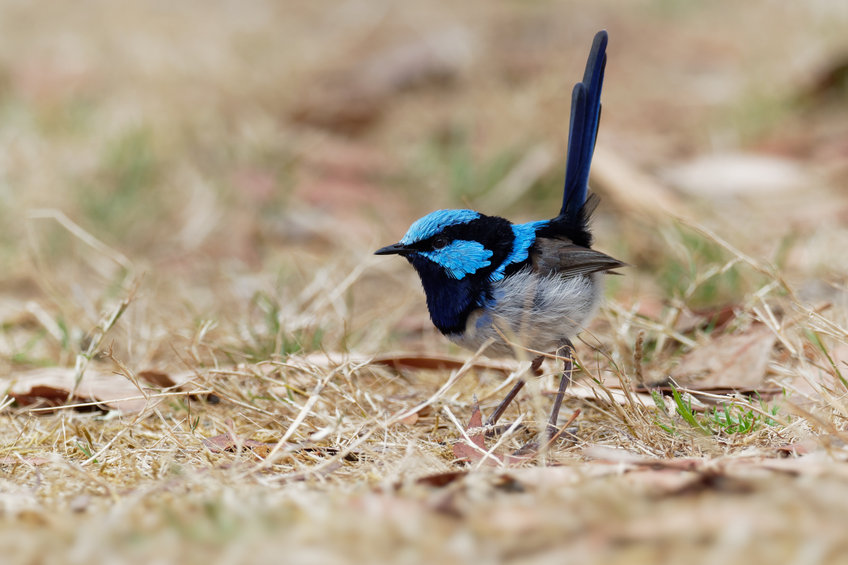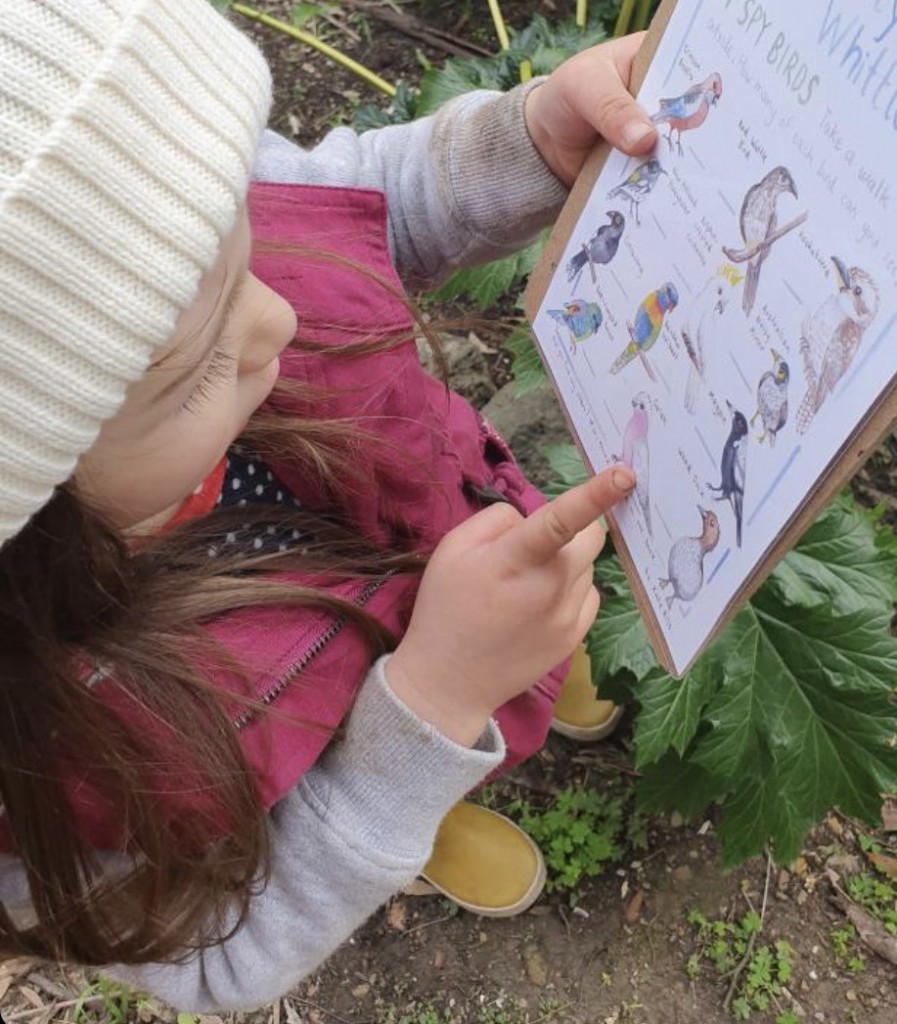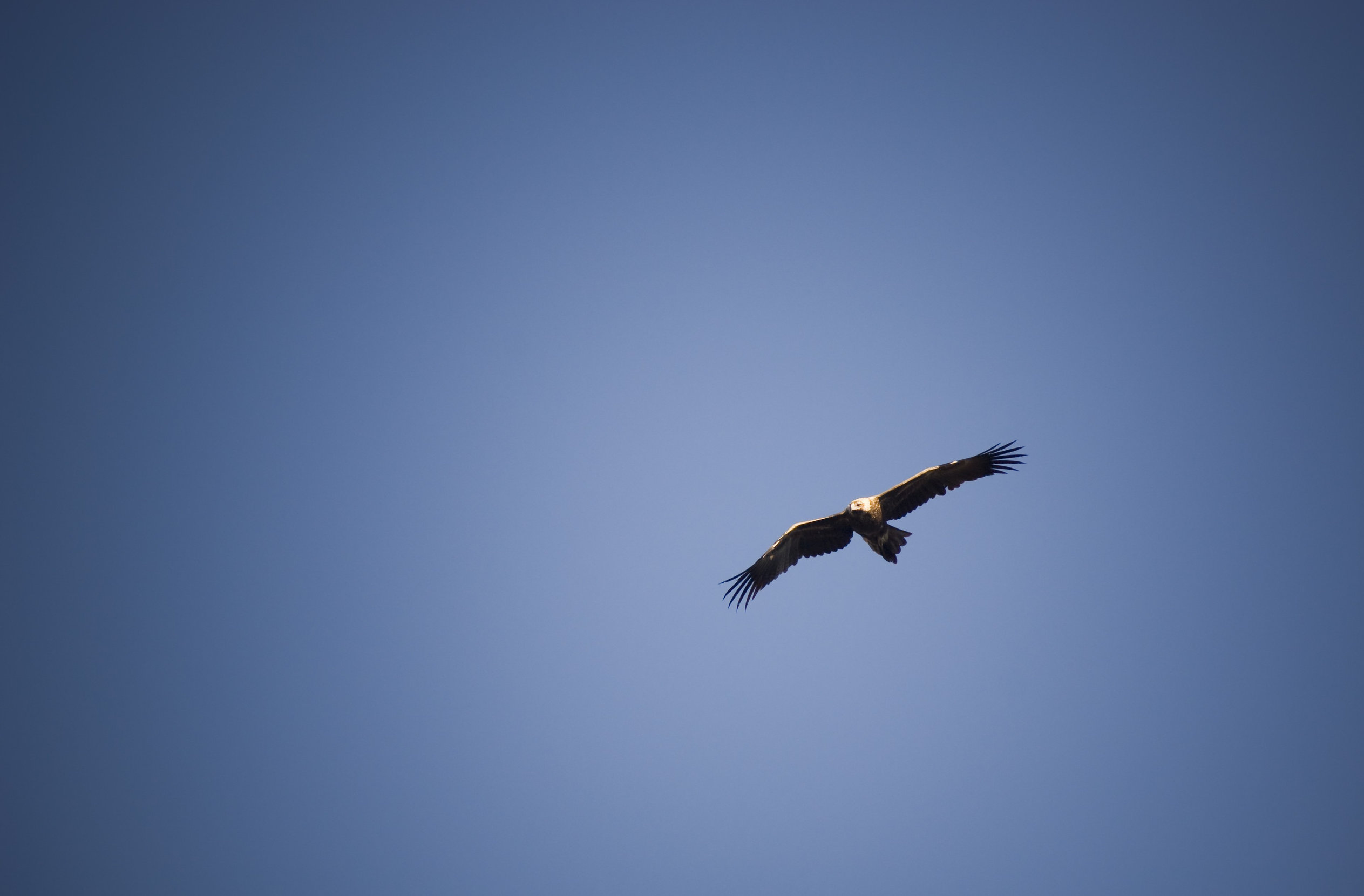Listening to birds ….
Growing up as a child in the bush, I was very attuned to bird calls and their meanings and would often sit and watch the wedge-tailed eagles as they flew down to catch their prey. What a spectacular sight that was! Birds are highly important and respected to the first people of Australia. For the Kulin nation people of central Victoria, Bunjil is the Ancestral Wedge-tailed Eagle, the creator and Waa is the Ancestral Crow, the protector.
Another familiar bird sound etched into my childhood memories, were the majestic calls of the Yellow-tailed black cockatoos coming down from the mountains before the rainfall. It meant that it was time to go home and my brother and I would start the journey back home before it hit.
These sights and sounds in nature, all have important meanings and when we are tuned into nature, we can communicate with it. We are so lucky to have this amazing diversity of birds here in the Australian suburbs, bush and rainforests.
When was the last time that you took the time to stop, observe and listen to the birds in your backyard or local reserve? Australia is definitely a bird lovers paradise being home to over 850 species of birds with about 45% of these being endemic, found nowhere else in the world. What birds have noticed in your local area?

Kookaburras laughing during the day can also mean that rain is not far away. Next time you hear the alert calls of Ravens, look up and scan the sky, there may be a Wedge tailed eagle close by.
By closely observing what the birds, animals and seasons are doing in your area at certain times of the year, we can learn so much. The people of the Kulin nation believe there to be seven seasons, not like the four European that most of us know. Read about the 7 seasons of the Kulin nation here.
April to June lyrebirds, begin to display their mounds, their spectacular tail feathers, and their songs to attract a mate. In September to October – Pied currawongs call loudly and often, indicating that it’s also time that the Myrnong (Yam Daisy) is flowering and the tubers are ready for eating.

In Jon Young’s book “What the Robin Knows”, he talks about the many benefits of having a “sit-spot”.
A sit-spot is a place out in nature that you go to regularly to sit in silence and observe. The practice promotes mindfulness, builds healthy routines as well as connecting us with nature and all the living things around us. This simple, yet powerful experience also enables you to be more connected and present in your day-to-day life.
Connecting to birdlife
Find a safe, comfortable place in nature (it may be a place in your backyard or a local park or reserve) that you can easily visit each day or week on a regular basis (around the same time of the day for anywhere between 15mins to an hour). While sitting in your sit spot:
Listen, close your eyes….What can you hear? Can you identify the sounds?
What to do you see? Can you see any birds, animals or insects?
Record your observations in your nature journal and perhaps you can even do some nature drawing. Why not draw the birds you see?
If you need help to identify the birds then take your birdlife field guide with you. With children, you may choose to use our Australian bird activity pack to help you identify common birds in your backyard.
Lastly, don’t forget to grab your binoculars and nature journal for your next bird watching adventure!

This article was written by Eco Explorers founder, Director and forest school leader Adam McNamara.

